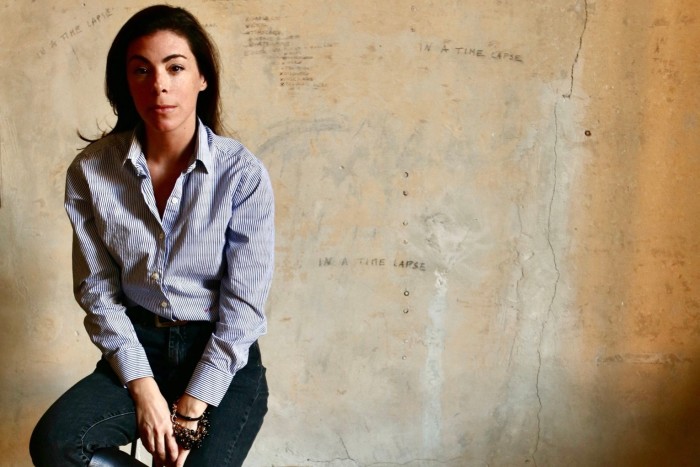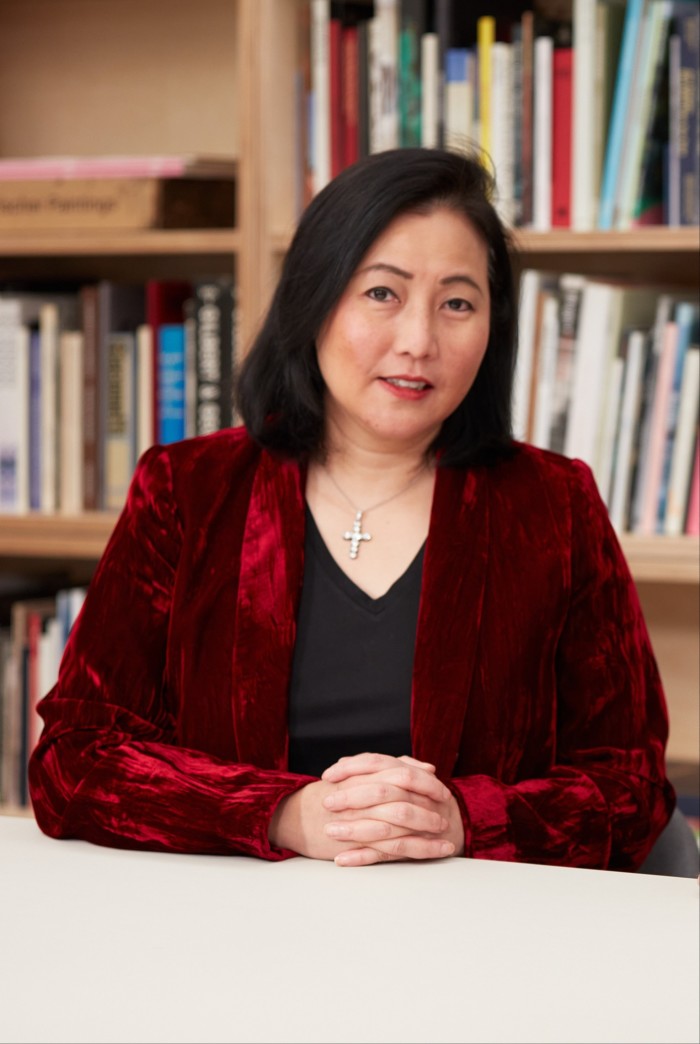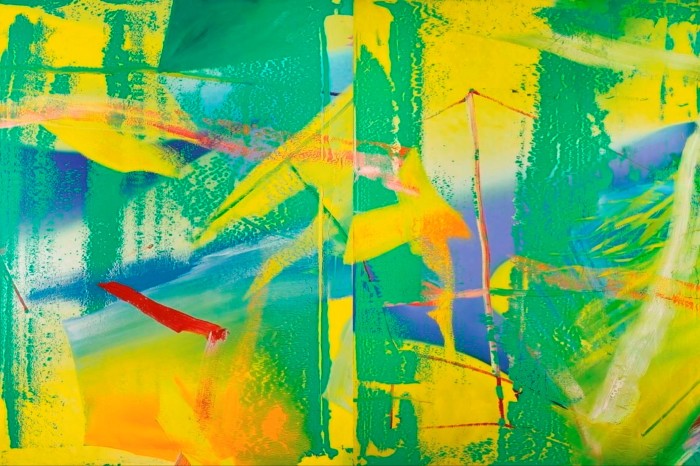Art advisers seize on Asia’s booming markets

Roula Khalaf, Editor of the FT, selects her favourite stories in this weekly newsletter.
The art advisory business has set its sights on Hong Kong as Asia’s collectors increase in prominence and buying power on the international market. Recent exits of high-profile executives from auction houses have put this growing, enigmatic role into the spotlight. First out of the blocks were Yuki Terase and Amy Cappellazzo who left Sotheby’s in 2021 and co-founded Art Intelligence Global (AIG), a broad-brush advisory firm headquartered in Hong Kong and New York. Then, at the end of last year, Patti Wong, an auction house stalwart, notably in Asia, joined the Sotheby’s exodus to set up her own advisory business in Hong Kong.
“The concept of art advisory has been very foreign to Asian clients for a long time,” says Terase, “but people are beginning to understand that you could in fact save some money by paying a professional.” Her view sums up why art advisers have become such a force. With so many potential pitfalls in a close-knit market of unique goods, such as the true value of a work or questionable provenance, the need for independent advice has mushroomed alongside the prices for art.
What do art advisers actually do? Wong says there is an element of simply helping to make a trade — essentially matchmaking with galleries or other private collectors and negotiating so that clients can buy low and sell high. But she emphasises that this is not the point of her new business. “Initially my inbox was full of people asking, ‘Can you sell this for me?’ And if I could, then sure. But my aim is to help people be more careful, more deliberate,” she says.
In general, she and others confirm, an agreed one-off commission is applied for a straight art trade while a retainer is put in place for longer-term clients. “A retainer relationship means you can advise more broadly on collection management, and some people now understand that need,” Wong says. Collection management includes keeping track of where works are (for example if on loan to a museum), their supporting documentation and valuations, ensuring they are properly conserved and many other services.

When art advisory first came on to the scene in the US and then Europe in the early 2000s, one of the pitfalls was the advisers themselves. Many were seen at best as obstructive gatekeepers, at worst as unqualified upstarts. Lawsuits that revealed insider deals and other disguised commissions added to the suspicions about these new entrants.
Gradually, most of the creases have been ironed out. Senior arts professionals have joined the art advisory ranks, many having put in decades at auction houses and galleries during the art market’s boom years. (Luring them out of these large businesses is the fact the auction world seems to be becoming a young person’s game — high-energy, transactional, tending to resemble a treadmill — and that making money for other people can often be less attractive than going it alone, once you have your network.) Industry organisations, notably the longstanding Association of Professional Art Advisors in the US, continue to play an important role in educating both collectors and consultants.
Terase agrees that Asia’s market is now at the stage of the cycle when a broader art advisory role has a place. “People have accumulated collections of say 60, 70 works in the past decade or less. Sometimes their taste has changed, sometimes their works are in storage, either way, they want to know how best to shape their collections,” she says. Wong says that her clients include much longer-term collectors who have become “a bit dormant”. She says her role is to inject “energy” into their collections, which can range from advising on how to lend works to museums to showing them how they can borrow money against their art holdings.
The financialisation of art has hastened the growth of art advisers, who are increasingly categorised by the investment industry as wealth management advisers. Terase, whose background is in M&A banking in Tokyo, says that AIG wants to be a “solution provider to all players, a merchant bank of the art world, offering trading, financing and advising”. Wong is less preoccupied by the financing side of the art business, she says, but in recognition of its importance to her clients she has paired up with the London headquartered Fine Art Group, specialists in art investment. Fine Art Group’s chief executive Philip Hoffman describes it as a “no-brainer” to join forces with Wong, also an expert in the high-end jewellery and wine markets — his company has taken a stake in her new business.
It’s not all about turning art into money. From March 18 to the end of April, Terase hopes to demonstrate the clout of AIG’s network by mounting an exhibition in its Hong Kong space of around 10 of Gerhard Richter’s “Abstraktes Bild” paintings, sourced from private collectors and timed to catch the Art Basel crowds. Terase says she was surprised that “no Richter show has ever been done in Hong Kong.” There is certainly demand to tap into: at Sotheby’s London earlier this month, Richter’s 1986 “Abstraktes Bild” sold to an Asian buyer for £24.2mn, including fees. Terase says that “sure, some pieces are for sale” at the AIG show but that the aim is “more educational, there won’t be any red dots or price lists around”.

Not all of Hong Kong’s new crop of art advisers are as visible as Terase and Wong. Coming out of the gallery world, including six years at Gagosian, is Whitney Ferrare. Born in Canada and raised in Hong Kong, Ferrare believes that “the essence of a good art adviser is to have their finger on the pulse of a city”, particularly somewhere as “complicated” as Hong Kong, she says.
A specialist in the contemporary scene, she concedes that “it has been an extremely challenging time, with the pandemic and our sense of identity”, but says that “periods of stress create good art. There are some great opportunities — and you can’t separate Hong Kong from trade.” She sees her role as an art adviser as one that “ensures collectors really understand that the possibilities of patronage go beyond buying one work of art”.
Wong and Terase share Ferrare’s view that the market mood in Hong Kong is buoyant and opportunistic as the Art Basel fair opens next week — with plenty of work for them to do, such as walking their clients round the fair, spotting trends in the booths and taking the pulse of the scene. Wong says, “There is a lot of excitement about other regions in Asia, and there is room for more than one market. But Hong Kong has opened up to many Chinese tourists again and has the most advantageous tax systems on the continent — why would you want to be in any other city right now?”

Comments